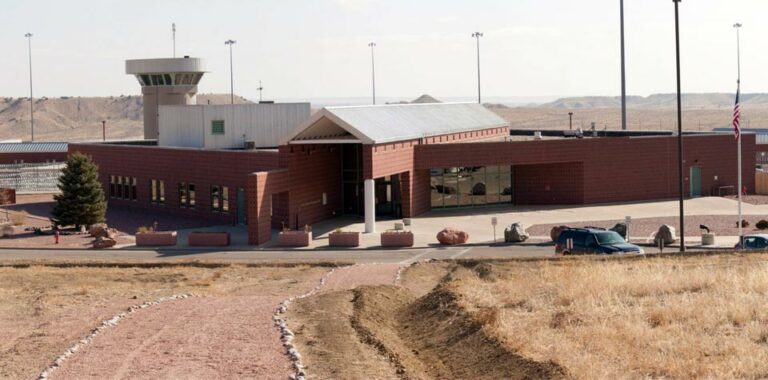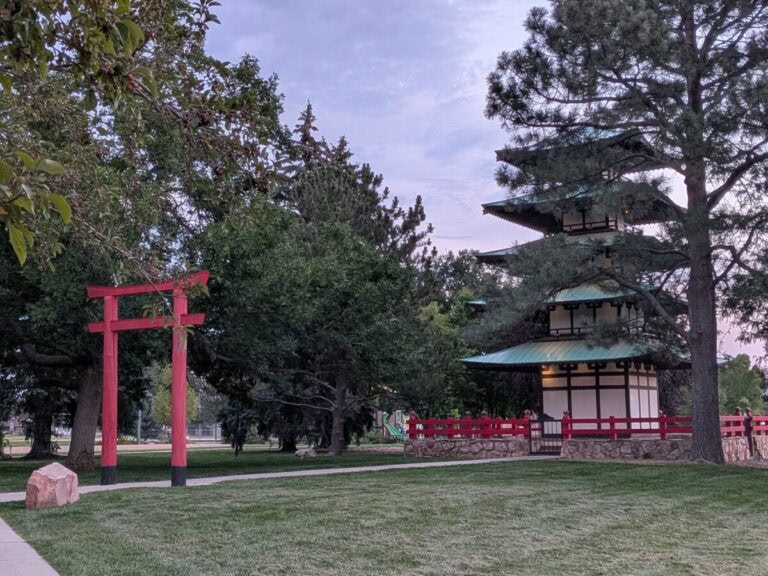The 1955 Longmont Air Disaster: How the United Airlines Flight 629 Plane Crash Shaped Colorado History
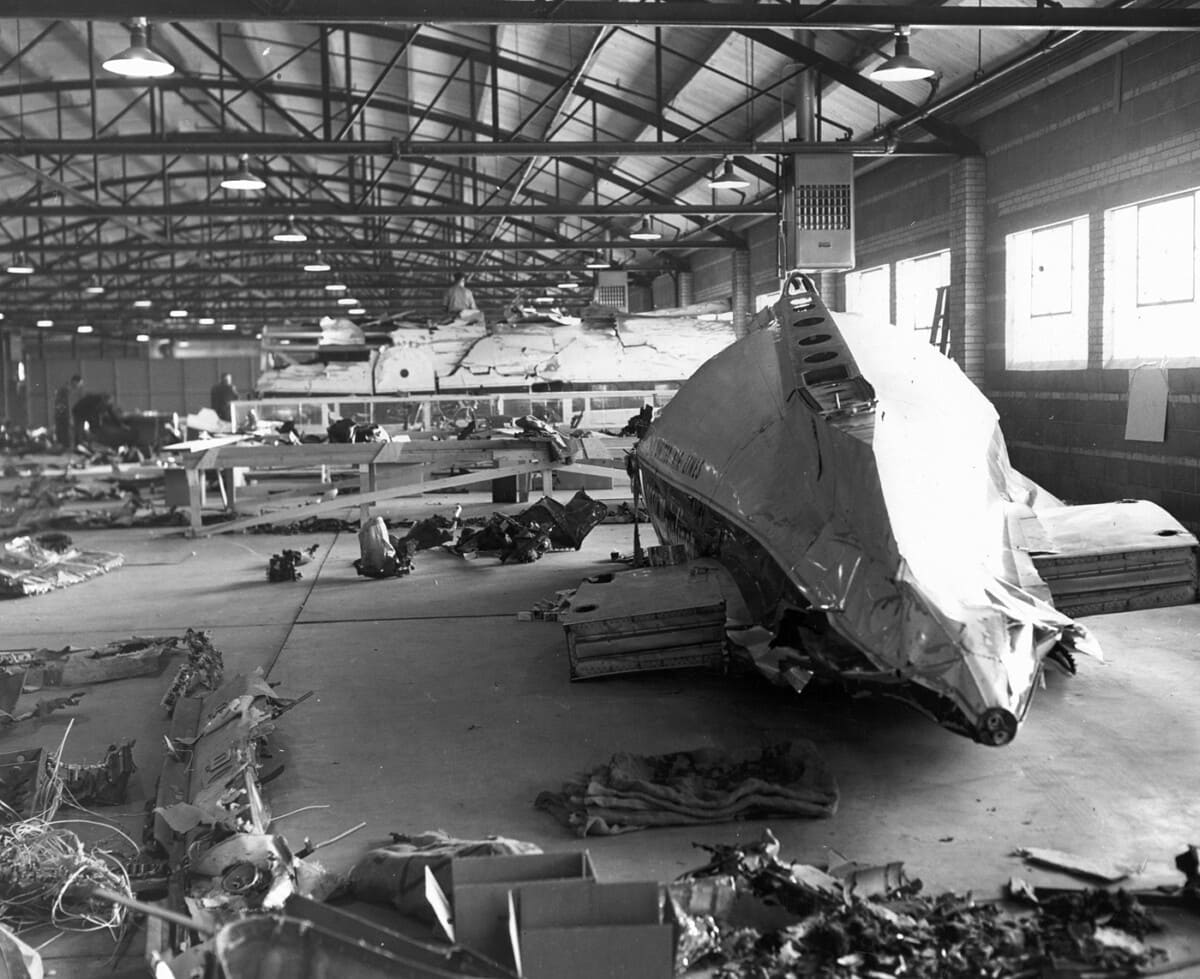
On November 1, 1955, what began as an ordinary departure from Denver’s Stapleton Airport became a plane crash that was one of Colorado’s most devastating historical moments. United Airlines Flight 629—a DC-6B aircraft—crashed mid-air shortly after takeoff, scattering wreckage across sugar-beet fields near Longmont.
To understand how events like this shaped Longmont’s identity, look back at the history of the Longmont Ledger.
This catastrophic explosion marked the first confirmed act of airline terrorism in the United States. All 44 crew members and passengers lost their lives, and the case quickly became a turning point in aviation security and criminal investigation practices nationwide.
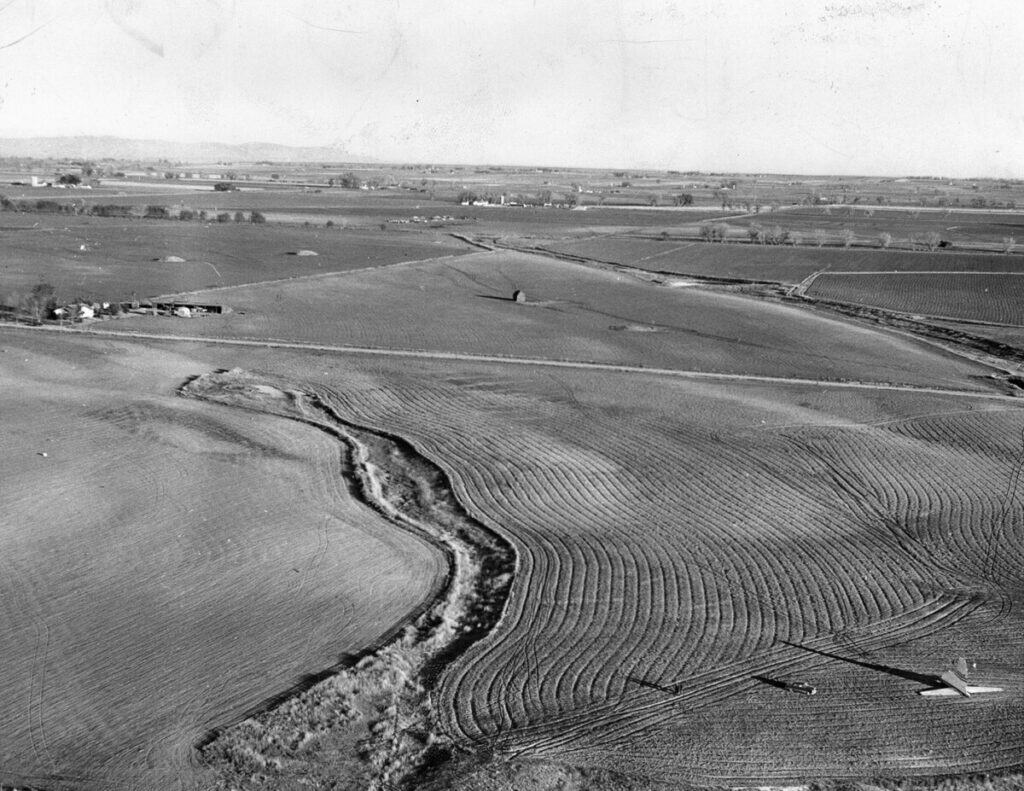
The legacy of Flight 629 extended far beyond the crash itself, prompting sweeping updates to airport procedures and shaping future security policies across Colorado and the country.
What Led to the Destruction of United Airlines Flight 629?
On the evening of November 1, 1955, families across Longmont, Colorado, were settling into a crisp autumn night. Farmers had spent the day harvesting sugar beets in the fields north of town, not far from Highway 66 in Weld County.
Inside Stapleton Airport’s control tower, air-traffic controllers recognized something was wrong when Flight 629 stopped responding. Only minutes had passed since departure when the aircraft suddenly disappeared from radar.
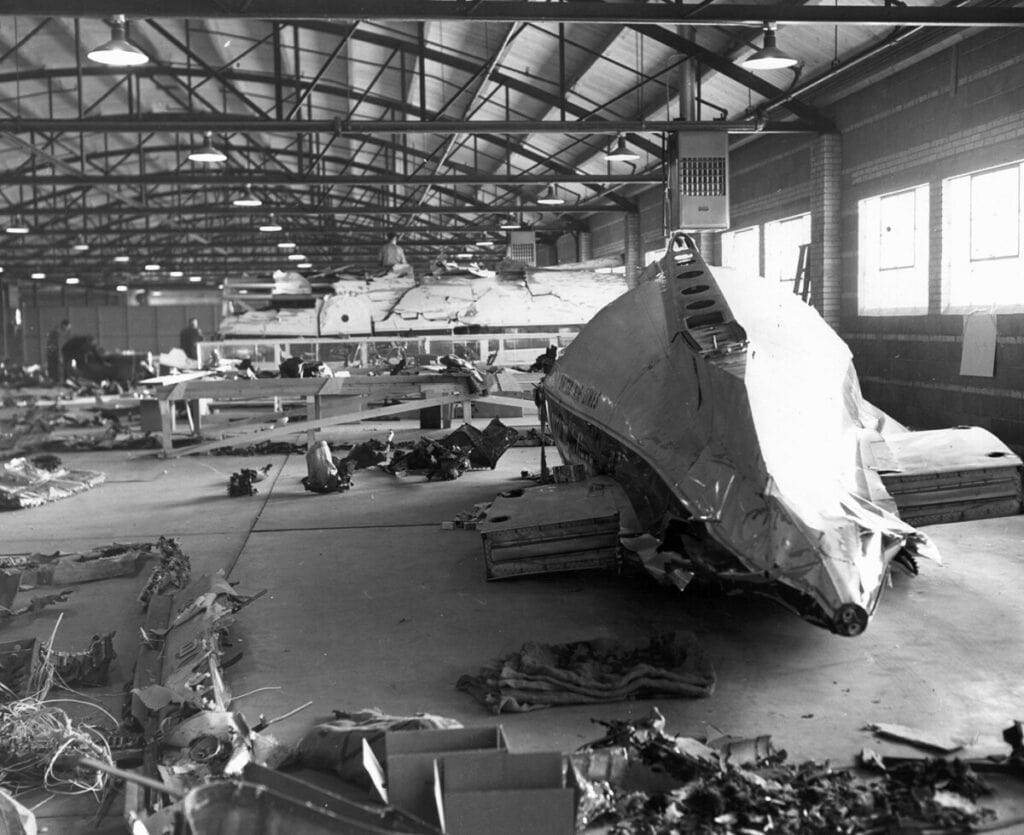
Just after 7 p.m., an explosive blast lit up the night sky. Witnesses recalled seeing a fiery streak overhead followed by a rain of debris. Today, that same Colorado sky is celebrated for its clarity—especially within the state’s certified Dark Sky Parks.
The Longmont Sugar Beet Farm Where Wreckage Fell
Local farmer Conrad Hopp and his brother sprinted toward the flames, discovering only twisted metal and the remains of a passenger seat still strapped with a victim.
Within minutes, the crash site filled with first responders and volunteers, but it quickly became clear there were no survivors.
The aircraft’s remains were scattered over six square miles—some fragments driven deep into the soil—while residents and authorities spent the night gathering luggage, household items, and personal belongings strewn across the farmland.
Investigation Into the Explosion
In the immediate hours after the crash, investigators noticed unusual characteristics in the wreckage pattern. The evidence pointed toward an in-flight explosion rather than a mechanical malfunction.
Forensic specialists documented:
- Burn and blast patterns inconsistent with engine failure
- A distinct odor of dynamite lingering around debris
- A concentration of damage near the rear cargo area
These findings revealed the grim truth: the aircraft had been intentionally destroyed. Within days, the FBI assumed full control of the case.
Longmont Warehouse Reconstruction Site
Investigators meticulously arranged recovered debris—including passenger luggage—in a Denver warehouse to piece together what occurred.
The FBI Breakthrough That Exposed the Bomber
While sorting through destroyed belongings, investigators discovered a suitcase belonging to 54-year-old Denver resident Daisie King. It had suffered unusually severe damage, and chemical residue tested positive for explosive materials.
Attention quickly turned to her son, John Gilbert Graham. Authorities uncovered several life insurance policies he had purchased in his mother’s name shortly before the flight departed. His anxious behavior during interviews heightened suspicion.
Graham’s Arrest and Admission
Confronted with mounting evidence, Graham eventually confessed. He had created a homemade dynamite bomb and hidden it inside his mother’s luggage to collect the insurance payout. His confession revealed no remorse for the additional victims.
The Historic Trial of John Gilbert Graham
America’s First Televised Trial
Graham’s trial became the first in U.S. history to be broadcast on television. Viewers across the nation watched as prosecutors presented evidence in a case that reshaped criminal proceedings.
Key components of the case included:
- Testimonies from investigators and airport personnel
- Forensic links between the explosive device and King’s luggage
- Life insurance policies purchased just before the flight
The jury deliberated for only 69 minutes before returning a guilty verdict for first-degree murder. Graham received the death penalty, solidifying his notoriety in Colorado history.
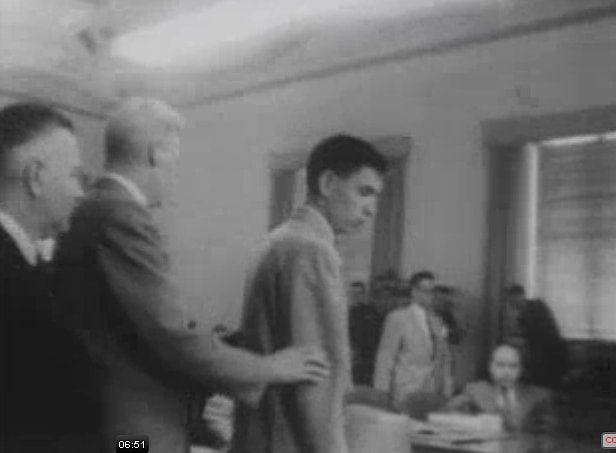
Graham’s Execution
During his time on death row at Colorado State Penitentiary, Graham refused to discuss his crimes. On January 11, 1957, he was executed in the gas chamber, reportedly uttering a calm “thank you” as his final words.
His case set lasting precedents in aviation security, criminal investigation, and the public’s relationship with televised courtrooms.
How the Flight 629 Bombing Transformed Aviation Security
A New Era of Airline Safety Measures
Before 1955, passenger luggage was not subject to any meaningful screening. Flight 629 exposed a dangerous vulnerability in commercial aviation.
In the aftermath, authorities implemented:
- Stricter baggage inspection procedures
- Improved tracking of passenger belongings
- Limits and oversight on life-insurance purchases made at airports
These developments laid the groundwork for modern aviation security—paving the way for later national measures, including those implemented after 9/11 and the eventual creation of the TSA.
Colorado’s Memory of the Disaster
For Longmont residents, the events of November 1, 1955, left deep emotional scars. Those who witnessed the aftermath never forgot the horrific scenes of burning debris and scattered personal effects.
Despite national attention at the time, the tragedy faded from public memory outside Colorado. No memorial was constructed, leaving the event without a permanent place of remembrance. Colorado Public Radio
Elsewhere in Boulder County, overlooked historical stories continue to emerge, shaping the region’s evolving identity.
Why a Memorial Was Never Built
Although Flight 629 remains one of Colorado’s deadliest mass murders, several factors contributed to its disappearance from broader public consciousness:
- National attention centered on World War II and the Korean War
- Airline bombings were rare, and quick security reforms shifted focus
- Victims’ families were dispersed, with no central community to gather
Only dedicated historians and aviation enthusiasts kept the story alive until modern efforts sought to honor the lives lost.
Efforts to Create a Permanent Flight 629 Memorial
The Flight 629 Memorial Committee is working to establish a dedicated tribute in Weld County, near the original crash site. Denver 7 Colorado News (KMGH)
The proposed memorial will:
- Display the names of all 44 victims
- Recognize local residents and first responders who aided recovery efforts
- Provide an educational space to preserve historical understanding
How to Support the Project
Contributions to the memorial fund help support:
- Building the commemorative monument
- Annual remembrance events
- Educational preservation initiatives
Frequently Asked Questions (FAQ)
What caused the explosion of United Airlines Flight 629?
The crash was caused by a bomb hidden in a passenger’s luggage. The explosive device, made with 25 sticks of dynamite, was placed in Daisie King’s suitcase by her own son. It detonated 11 minutes after takeoff, causing the aircraft to break apart midair.
Who was responsible for the bombing?
John Gilbert Graham, King’s son, orchestrated the bombing to collect on multiple life insurance policies he had taken out on his mother. He showed no remorse for the 43 other lives lost.
How did investigators solve the case?
The FBI examined the wreckage, noticing blast patterns consistent with an intentional explosion. They identified King’s luggage as the source, leading them to Graham, whose suspicious behavior and financial motives quickly unraveled.
Why wasn’t there a memorial built sooner?
Public focus remained on World War II and the Korean War, overshadowing domestic tragedies. Additionally, victims’ families were scattered, and the event slowly faded from public memory—until recent efforts to honor those lost gained traction.


